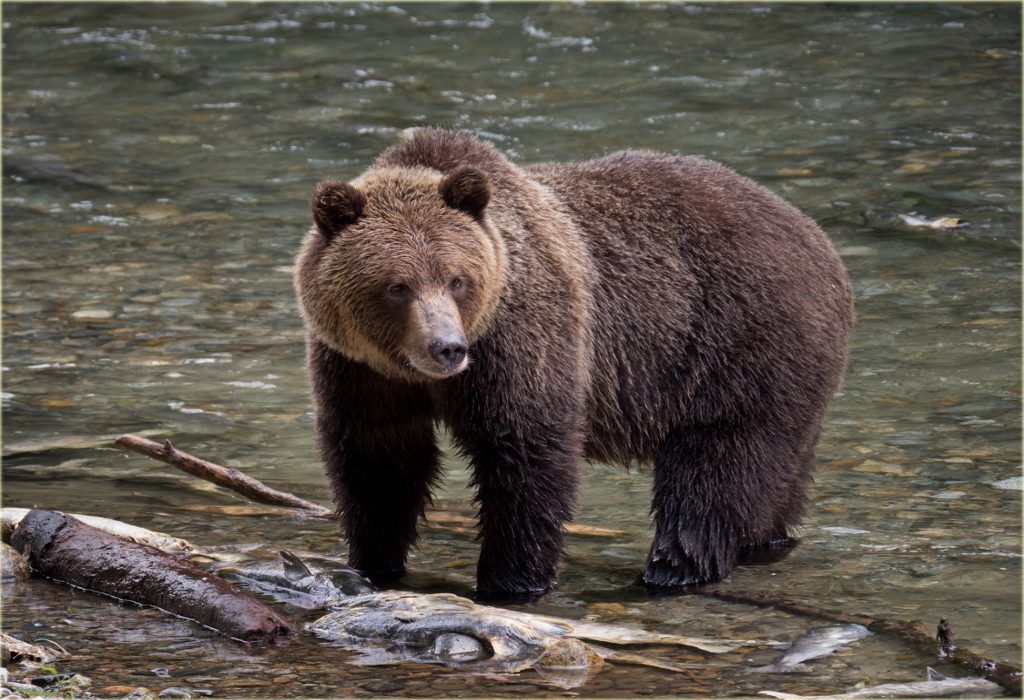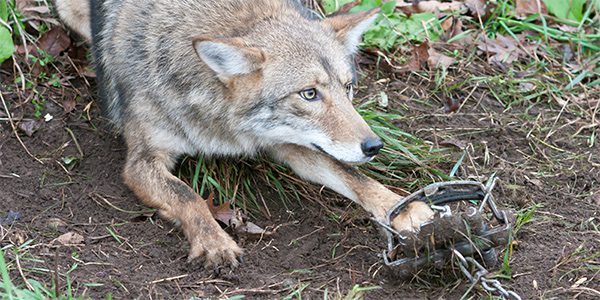The 2.2 million-acre Kootenai National Forest includes the state’s lowest elevation along the Yaak River and reaches to the 7,700-foot Norwest Peak in the Purcell Range of northwest Montana. More than 190 species of birds and many other native animals, including wolves, Canada lynx, wolverines, mountain goats, bighorn sheep and black bears, roam the forest.
Mature and old-growth trees absorb and store significant amounts of carbon. Trees pull carbon pollution in the form of carbon dioxide from the atmosphere and convert and store it as carbon in their trunks, branches, leaves and roots. Trees continue to absorb and store carbon as they grow and age.
Logging, transportation and manufacturing release most of trees’ stored carbon over a short period of time. Ecologically impoverished tree plantations take centuries to recover the lost carbon and wildlife habitat provided by older forests.

